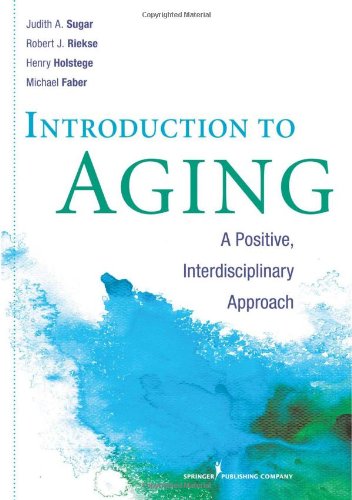

Most ebook files are in PDF format, so you can easily read them using various software such as Foxit Reader or directly on the Google Chrome browser.
Some ebook files are released by publishers in other formats such as .awz, .mobi, .epub, .fb2, etc. You may need to install specific software to read these formats on mobile/PC, such as Calibre.
Please read the tutorial at this link: https://ebookbell.com/faq
We offer FREE conversion to the popular formats you request; however, this may take some time. Therefore, right after payment, please email us, and we will try to provide the service as quickly as possible.
For some exceptional file formats or broken links (if any), please refrain from opening any disputes. Instead, email us first, and we will try to assist within a maximum of 6 hours.
EbookBell Team

5.0
88 reviewsThis new textbook creates a paradigm shift with a very practical approach to problem solving. Aging is an asset. Its focus on well care rather than just sick care by understanding physical fitness, sexual fitness, consumer fitness, nutritional fitness and social fitness among others, all point to aging as an asset leading to civic fitness and the potential for intergenerational support. This text may help springboard Gerontology into the 21st Century as the field creating excitement and hope for students and teachers alike.
Cullen T. Hayashida, Ph.D.
Director, Kupuna (Elder) Education Center
Kapi'olani Community College
University of Hawaii
This research-based yet highly engaging textbook for undergraduate and masters-level college students ushers in a new paradigm of aging-that of aging as a positive stage of life. It offers an interdisciplinary perspective on the broad range of topics that comprise gerontology, using theoretical and research-based information while providing engrossing narratives and real examples of new trends, surprising findings, and controversial topics.
The volume dispels many of the myths about aging through careful reporting of facts, issues, and trends. It sheds a positive light on getting older by viewing the elderly and near old as a diverse, capable subset of our population. A discussion of roles in the family, workplace, and greater society along with physical changes, health, sexuality, living environment, work, retirement, and cultural considerations reveal the challenges and opportunities faced by our rapidly aging population.
Key Features: